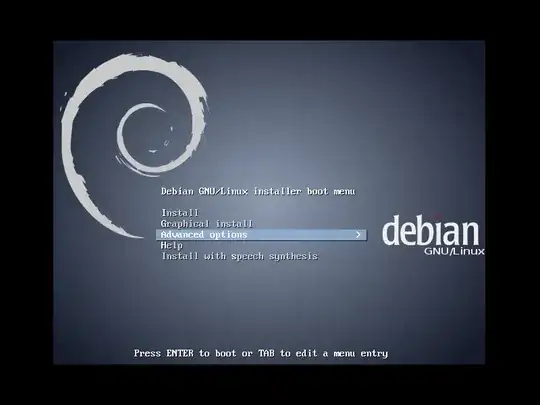I am trying out CloudBerry Drive tool to attach S3 buckets as my network drive. I have a bucket and 2 folders inside that, assuming the bucket name as environment and 2 folders as dev and prod. I have 3 sets of users who would use this - Admin, Dev and Prod. Admin - Must have R/W permissions to both the folders. Dev - Should have Write access only to dev folder Prod - Should have Read access to dev folder and Write access to prod folder.
However I am confused with IAM permissions. Admin works fine with the S3 Full Access Permissions. But the other 2 accounts are not working fine.
Dev
{
"Version": "2012-10-17",
"Statement": [
{
"Sid": "VisualEditor0",
"Effect": "Allow",
"Action": [
"s3:PutObject",
"s3:DeleteObjectVersion",
"s3:RestoreObject",
"s3:PutObjectVersionTagging",
"s3:PutObjectTagging",
"s3:DeleteObject"
],
"Resource": "arn:aws:s3:::environment/dev/*"
}
]
}
With this I should be able to R/W to the dev folder, which I am unable to do. Using CloudBerry Drive I can copy paste a file, but not getting uploaded to S3. Also, the files in S3 are listed here (which is required) but can't access the same (Error attached).
Prod
{
"Version": "2012-10-17",
"Statement": [
{
"Sid": "VisualEditor0",
"Effect": "Allow",
"Action": [
"s3:DeleteObjectTagging",
"s3:DeleteObjectVersion",
"s3:GetObjectVersionTagging",
"s3:ReplicateTags",
"s3:RestoreObject",
"s3:PutObjectVersionTagging",
"s3:DeleteObjectVersionTagging",
"s3:ListMultipartUploadParts",
"s3:ReplicateObject",
"s3:GetObjectVersionTorrent",
"s3:PutObject",
"s3:GetObjectAcl",
"s3:GetObject",
"s3:ObjectOwnerOverrideToBucketOwner",
"s3:GetObjectTorrent",
"s3:AbortMultipartUpload",
"s3:GetObjectVersionAcl",
"s3:GetObjectTagging",
"s3:PutObjectTagging",
"s3:GetObjectVersionForReplication",
"s3:DeleteObject",
"s3:ReplicateDelete",
"s3:GetObjectVersion"
],
"Resource": "arn:aws:s3:::environment/Prod"
}
]
}
With this I should be able to R/W to the prod folder, which I am unable to do. Using CloudBerry Drive I can copy paste a file, but not getting uploaded to S3.
{
"Version": "2012-10-17",
"Statement": [
{
"Sid": "VisualEditor0",
"Effect": "Allow",
"Action": [
"s3:GetObjectVersionTorrent",
"s3:GetObjectAcl",
"s3:GetObject",
"s3:GetObjectTorrent",
"s3:GetObjectVersionTagging",
"s3:GetObjectVersionAcl",
"s3:GetObjectTagging",
"s3:GetObjectVersionForReplication",
"s3:GetObjectVersion",
"s3:ListMultipartUploadParts"
],
"Resource": [
"arn:aws:s3:::environment"
],
"Condition": {
"StringLike": {
"s3:prefix": [
"dev/*"
]
}
}
}
]
}
The files in S3 are listed here (which is required) but can't access the same (Error attached).
Hope I am clear about my requirement: 1. dev user to have R/W access to dev folder only 2. prod user to have R/W access to prod folder and R access to dev folder 3. All these are done using CloudBerry Drive for S3.
Note: I have googled a lot and tried almost everything, including some policies which shows how to provide write permission to a specific user folder.
